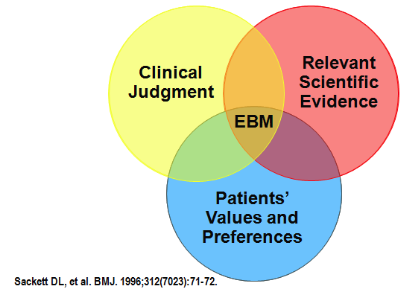


How to spot misleading Trans health research
What's the buzz about?
Ever come across a study on trans, non-binary or gender diverse health that made you go, “Wait, that doesn’t sound right”? This article sheds light on how misleading research can shape public opinion and policy, often to the detriment of trans communities. It emphasises the importance of critically evaluating research to ensure it accurately represents trans experiences. Heads of the Australian Children's Gender Clinic's got together to write this editorial about the impact of dis/misinformation.
Red flags in research
- Biased Framing: Some studies begin with the assumption that being trans or non-binary is inherently problematic, leading to skewed interpretations.
- Lack of Community Input: Research that doesn't involve trans individuals in its design and analysis is more likely to misrepresent their experiences.
- Poor Methodology: Small sample sizes, unrepresentative populations, and outdated diagnostic criteria can all contribute to flawed conclusions.
Why it matters
Misleading research can:
- Influence public policy in harmful ways.
- Affect healthcare practices and access.
- Perpetuate stigma and discrimination.
The authors critique a publication by a Melbourne research team which stated if children in their study were seen in a service without biopsychosocial assessment, they would all have accessed GAMT to misleadingly state 22.1% could have received medical treatments unnecessarily. Dr Rachel Skinner and the leads of all of Australia's public children''s gender clinics highlight the flaws and bias that led to that misleading number despite only one young person in the whole study deciding to stop gender affirming medical treatment and re-identifying as cis-gender.
The authors of this study say "Research, clinical care and the wider public discourse should recognise trans identities as a respected, valued and celebrated part of human diversity."
Quick Quiz: Spot the Red Flag!
Which of the following is a sign of misleading trans health research?
A) It includes large, representative samples
B) It frames gender diversity as pathological
C) It uses peer-reviewed methods with community input
D) It centres trans voices in the design and discussion
And the answer is...
B) It frames gender diversity as pathological - Big red flag! This kind of framing shows clear bias.
Read the full report: Skinner, S. R., McLamore, Q., Donaghy, O., Stathis, S., Moore, J. K., Nguyen, T., Rayner, C., Tait, R., Anderson, J., & Pang, K. C. (2024). Recognizing and responding to misleading trans health research. International Journal of Transgender Health, 25(1), 1-9. https://pmc.ncbi.nlm.nih.gov/articles/PMC10846477/
Geek Out Contributor: Olivia Donaghy, GHA Psychologist
.svg)




